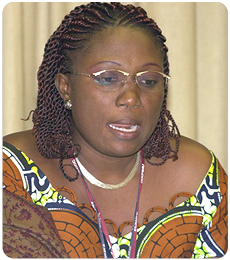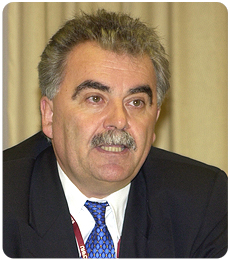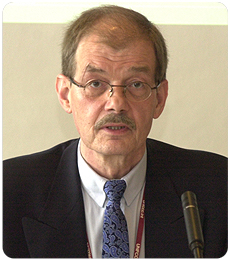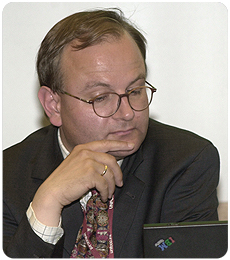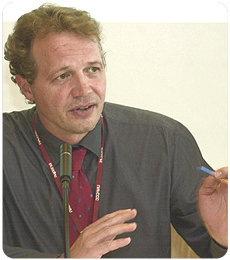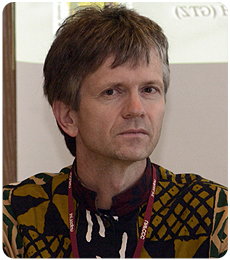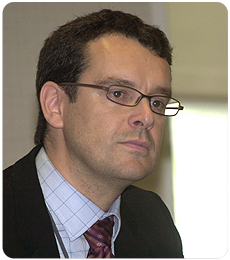Luis Gomez-Echeverri, UNFCCC, highlighted that 114 non-Annex I Parties have submitted their initial national communications, and three have submitted their second. Noting that 65 non-Annex I Parties are in the process of preparing their second national communications, he said the UNFCCC is ready to support this endeavor.
Alfred Micallef, University of Malta, presented Malta’s initial national communication, highlighting that emissions have stabilized despite growing energy consumption. He outlined possible greenhouse gas abatement measures for Malta, including the need for: improved energy efficiency, transmission and distribution in the power sector; three-way catalytic converters in vehicles and alternative fuels such as bio-diesel; and increased composting and methane collection from landfills. Micallef said that the installation of two combined-cycle gas turbines to replace its traditional fossil fuel plant would return Malta’s emissions to 1990 levels.
Presenting Uganda’s initial national communication, Philip Gwage, Uganda’s Department of Meteorology, emphasized that being a least developed country, Uganda is vulnerable to climate change impacts. He explained that although Uganda lacks specific policies to address climate change, several of its national policies are relevant for implementing the Convention, such as the Poverty Eradication Action Plan and the Plan for Modernization of Agriculture. He identified the need to build institutional and technical capacities for effective implementation of the Convention in Uganda.
Presenting the second national communication of the Republic of Korea, Jaekyu Lim, Korea’s Energy Economics Institute, highlighted that although per capita emissions increased during 1990-2001, the emissions intensity per unit GDP had decreased. He noted that the Republic of Korea’s emissions would probably increase 70% from 2000 levels by 2020.
Luis Santos, Uruguay’s Ministry of Housing, Territorial Regulation, and Environment, introduced Uruguay’s second national communication. He noted that the communication contains mitigation measures for the agriculture, forestry, waste, energy and transportation sectors, as well as a vulnerability analysis and adaptation measures for agriculture, biodiversity, human health, and coastal, water and fishery resources.
Jeanne Acacha Akoha, Benin’s Ministry of the Environment, Habitat and Urbanism, presented Benin’s National Implementation Strategy (NIS), which contains the country’s vision on climate change and the Convention, and how they relate to Benin’s national economic and development plans. She discussed opportunities and challenges for Benin with respect to the Kyoto Protocol.
Subodh Sharma, India’s Ministry of Environment and Forests, provided a brief overview of India’s initial national communication, which will be addressed in detail in a side event on 22 June 2004.



